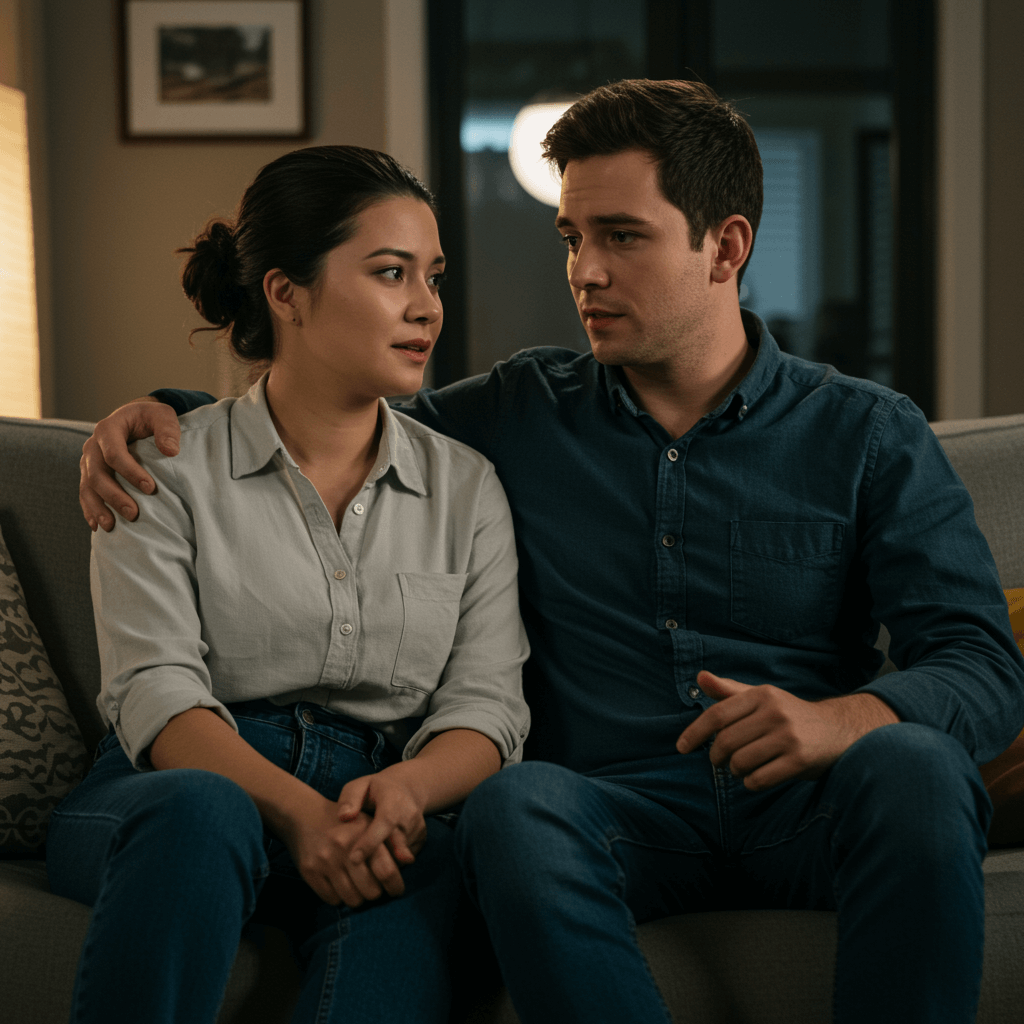Preoccupied attachment is an attachment style characterized by anxiety, insecurity, and a heightened need for reassurance in relationships. Individuals with this style often experience a deep fear of abandonment and constantly seek emotional closeness with others. This pattern is sometimes referred to as anxious preoccupied attachment.
Attachment theory explains that our early experiences with caregivers shape our adult relationships. When parents meet their child’s needs inconsistently, it can contribute to the development of preoccupied attachment. Adults with this attachment style tend to worry about their partner’s love and commitment, often feeling overly dependent or insecure.
How Preoccupied Attachment Develops
The development of preoccupied attachment often begins in childhood. Caregivers play a crucial role in shaping attachment style. When parenting is inconsistent, children learn to anxiously seek attention and reassurance to feel safe. This inconsistent parenting may involve emotional unavailability, unpredictable support, or fluctuating responsiveness to a child’s emotional needs.
As a result, a child develops an anxious attachment style that carries into adulthood. These adults often struggle with trusting others and experience heightened anxiety in relationships. The insecure attachment pattern formed during childhood can manifest in adult friendships, romantic partnerships, and even work relationships.
Signs Of Preoccupied Attachment
Identifying preoccupied attachment is essential for improving emotional well-being and building healthy relationships. Common signs include:
- Constantly seeking reassurance from partners
- Fear of abandonment or rejection
- Overanalyzing partner’s words or actions
- Feeling unworthy of love or attention
- Difficulty setting healthy boundaries
- Reacting emotionally to minor relationship challenges
Adults with anxious preoccupied tendencies may also experience self-esteem fluctuations and struggle to regulate emotions. Recognizing these signs is the first step toward self-awareness and growth.
Preoccupied Attachment In Adult Relationships
Adults with preoccupied attachment style often experience challenges in romantic relationships. Their need for closeness and reassurance can lead to overdependence on their partner, creating tension or conflict. Anxiety about the relationship may result in frequent misunderstandings or misinterpretation of a partner’s actions.
While this attachment style can cause difficulties, it also fosters empathy and emotional attunement. Individuals with preoccupied attachment are often highly sensitive to their partner’s needs and can cultivate deep emotional intimacy when the relationship is secure.
The Role of Inconsistent Parenting
So, inconsistent parenting is a key factor contributing to preoccupied attachment. Children whose emotional needs are unpredictably met may learn to overcompensate for the lack of reliable support. This can cause the child to develop an anxious attachment style that continues into adulthood.
The child’s needs—when unmet consistently—teach them that love and attention must be earned or negotiated, rather than freely given. This early experience informs how they react to others, their expectations of relationships, and their capacity to trust partners.
Emotional Needs And Fear Of Abandonment
So, a hallmark of preoccupied attachment is heightened sensitivity to emotional needs. Adults with this style often seek constant reassurance and emotional support to mitigate their fear of abandonment. They may struggle with emotional regulation and react strongly to perceived rejection, even in minor situations.
The fear of abandonment is often rooted in early attachment experiences, where caregivers were inconsistently available or emotionally distant. This fear can affect both romantic relationships and friendships, leading to cycles of anxiety and reassurance-seeking behaviors.
How Preoccupied Attachment Affects Communication
So, communication in relationships can be heavily influenced by preoccupied attachment. Adults with this style may express their needs repeatedly or overanalyze their partner’s responses. Miscommunication often arises from assumptions about a partner’s intentions rather than clear, open dialogue.
Developing self-awareness and practicing healthy communication strategies can help individuals with preoccupied attachment navigate these challenges. Learning to voice needs calmly, rather than reactively, fosters emotional closeness and mutual understanding.
Attachment Theory And Its Insights
So, attachment theory provides a framework for understanding why preoccupied attachment develops and how it influences adult relationships. It suggests that the early bond with a caregiver sets patterns for trust, intimacy, and emotional regulation.
Adults with anxious attachment style, including preoccupied attachment, often carry these patterns into romantic and platonic relationships. They may need more reassurance, struggle with self-esteem, and seek high levels of intimacy to feel secure. Recognizing these patterns allows individuals to develop strategies for healthier relationships.
Impact On Parenting And Future Generations
Then, adults with preoccupied attachment may encounter challenges in parenting. Awareness of attachment style is crucial for meeting a child’s needs consistently and providing emotional support. Inconsistent parenting can perpetuate insecure attachment in the next generation.
Positive psychology practices, therapy, and self-awareness can help caregivers break this cycle. By fostering secure attachment in children, adults can mitigate the long-term impact of preoccupied attachment patterns.
Coping Strategies For Preoccupied Attachment
Managing preoccupied attachment involves both personal growth and relational strategies:
- Develop Self-Awareness – Recognize anxious thoughts and patterns in relationships.
- Öz Şefkat Pratiği Yapın – Understand that preoccupied tendencies are not personal flaws.
- Sağlıklı Sınırlar Belirleyin – Learn to balance closeness with independence.
- Seek Therapy – Professional guidance helps in addressing underlying attachment issues.
- Focus On Emotional Regulation – Mindfulness and positive psychology techniques reduce anxiety.
- Açıkça İletişim Kurun – Express needs clearly to partners without overreacting.
These strategies help individuals build secure connections while honoring their emotional needs.
Changing Relationship Patterns
While preoccupied attachment can feel limiting, it is possible to change patterns over time. By recognizing triggers, practicing emotional regulation, and engaging in supportive relationships, adults can reduce anxiety and foster trust.
Working with a partner who understands your attachment style can also enhance emotional closeness and intimacy. So, over time, repeated experiences of reliable support can transform anxious attachment tendencies into more secure patterns.
Preoccupied Attachment And Friendships
So, preoccupied attachment influences friendships as well. Adults with this style may seek constant validation or fear rejection in social circles. Developing healthy friendships involves understanding personal needs, practicing patience, and allowing others to respond naturally.
Therapy, self-awareness, and reflection help manage anxious tendencies while cultivating supportive friendships and emotional connections.
Conclusion: Moving Towards Secure Attachment
In conclusion, preoccupied attachment is a deeply rooted attachment style shaped by early experiences with caregivers. While it presents challenges in relationships, understanding its signs, causes, and patterns empowers individuals to develop healthier connections.
With self-awareness, emotional support, therapy, and intentional communication, adults can gradually shift towards secure attachment. By addressing anxious attachment style tendencies and prioritizing emotional needs, it is possible to foster meaningful relationships and lasting emotional closeness with partners and others.













